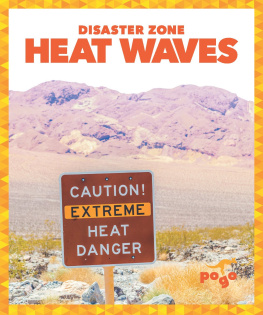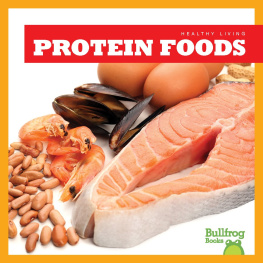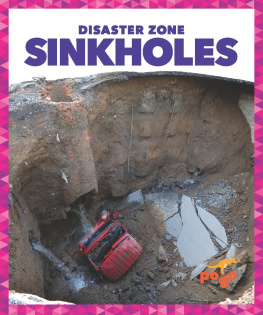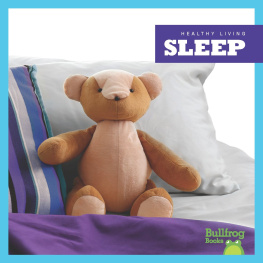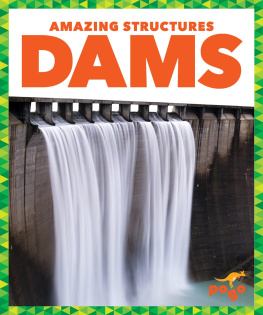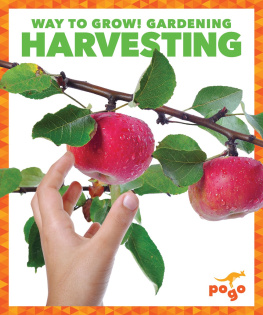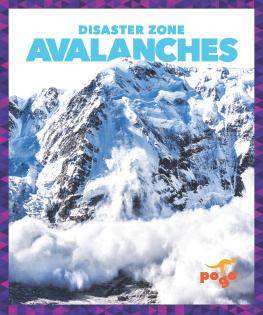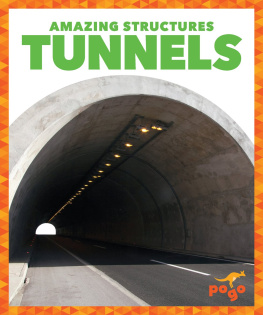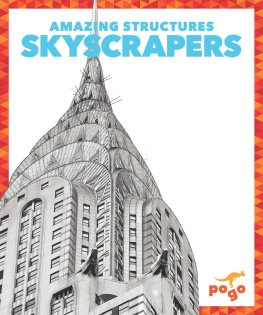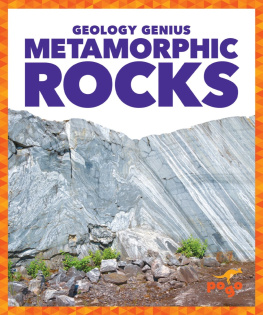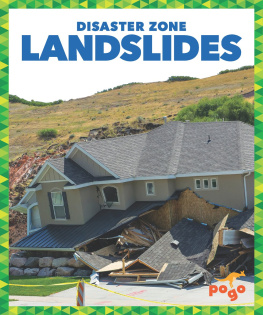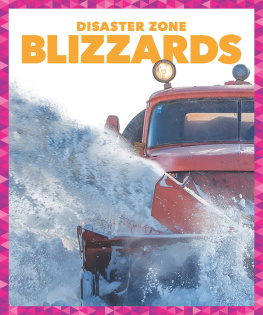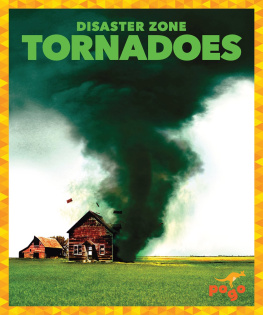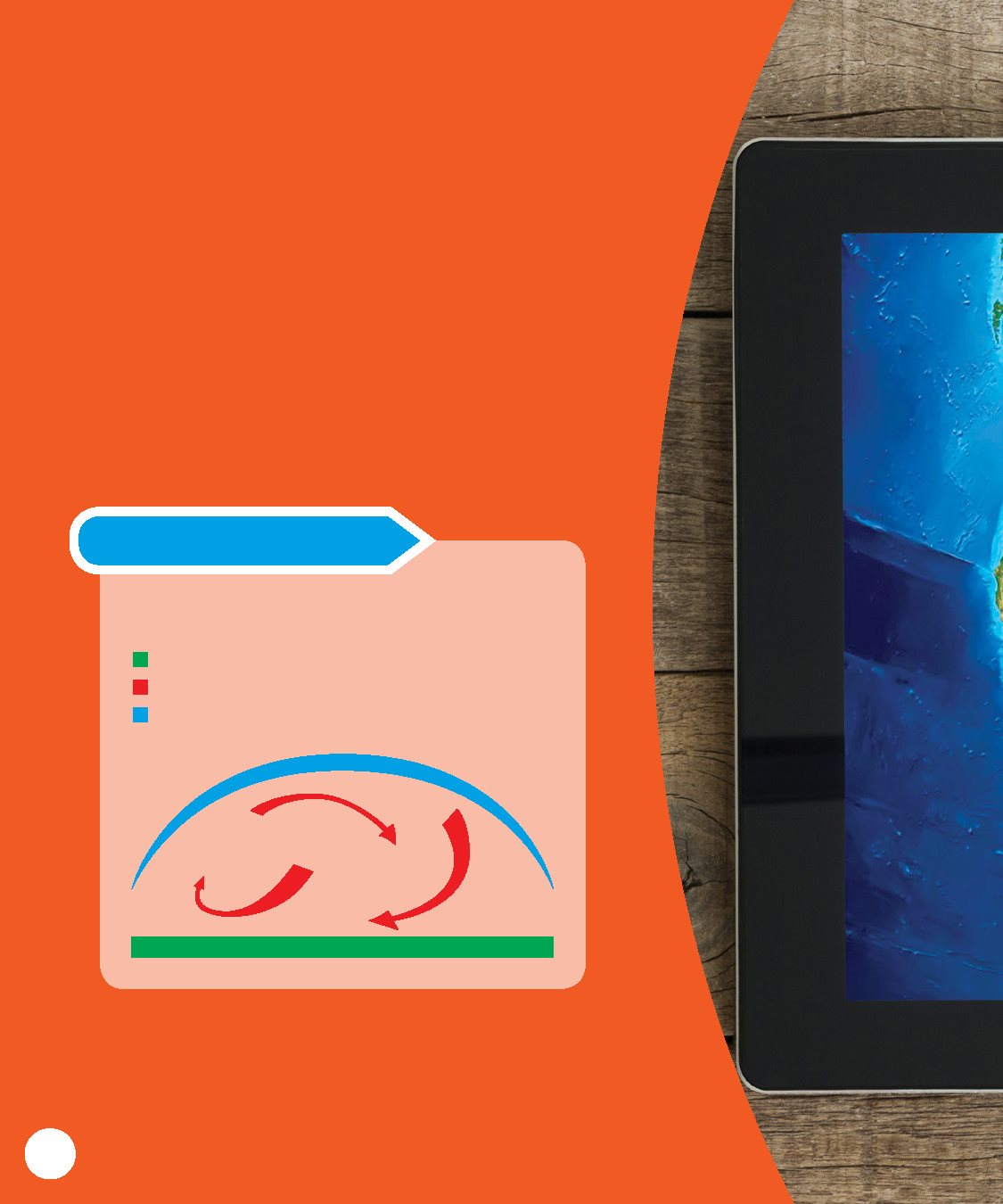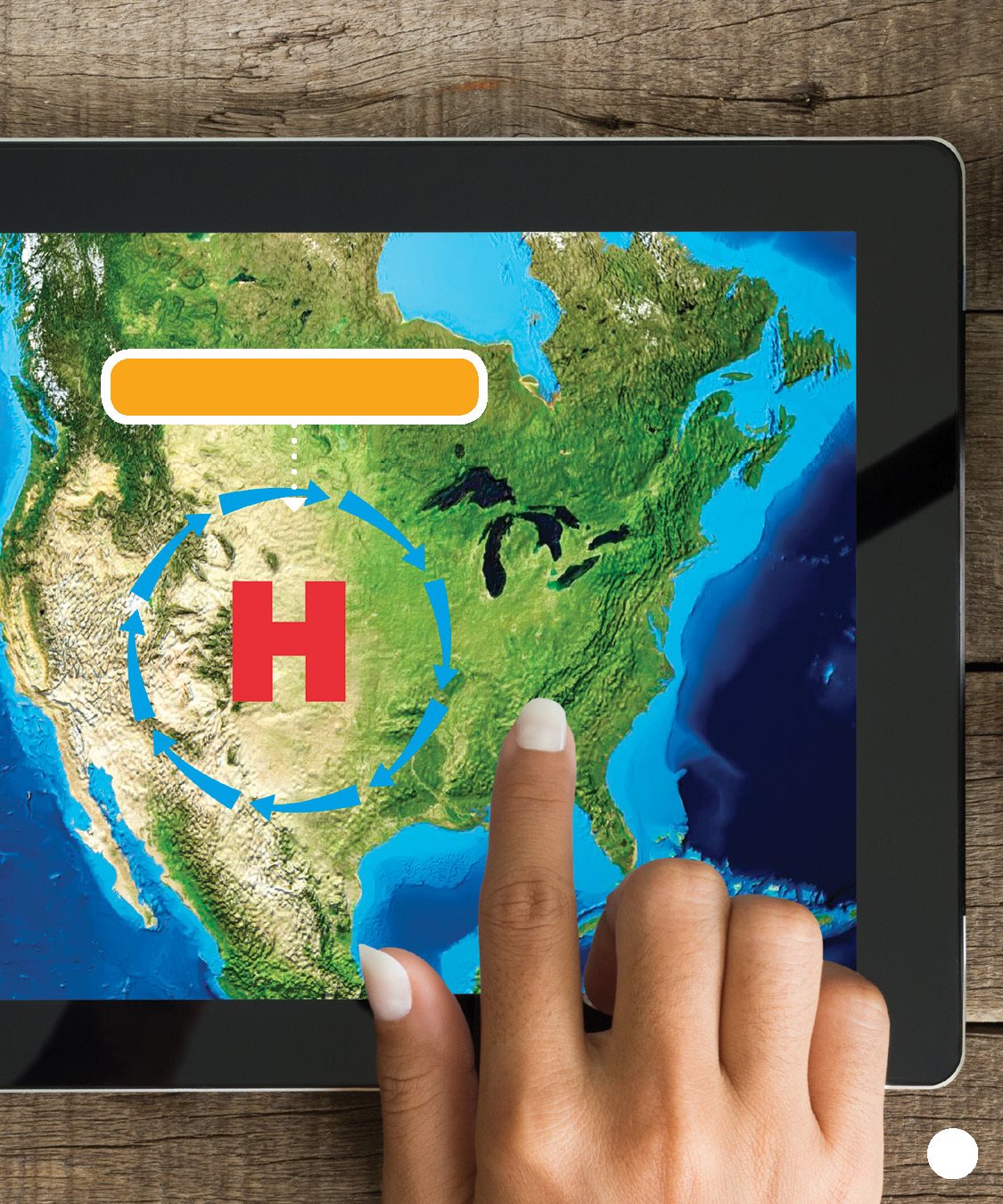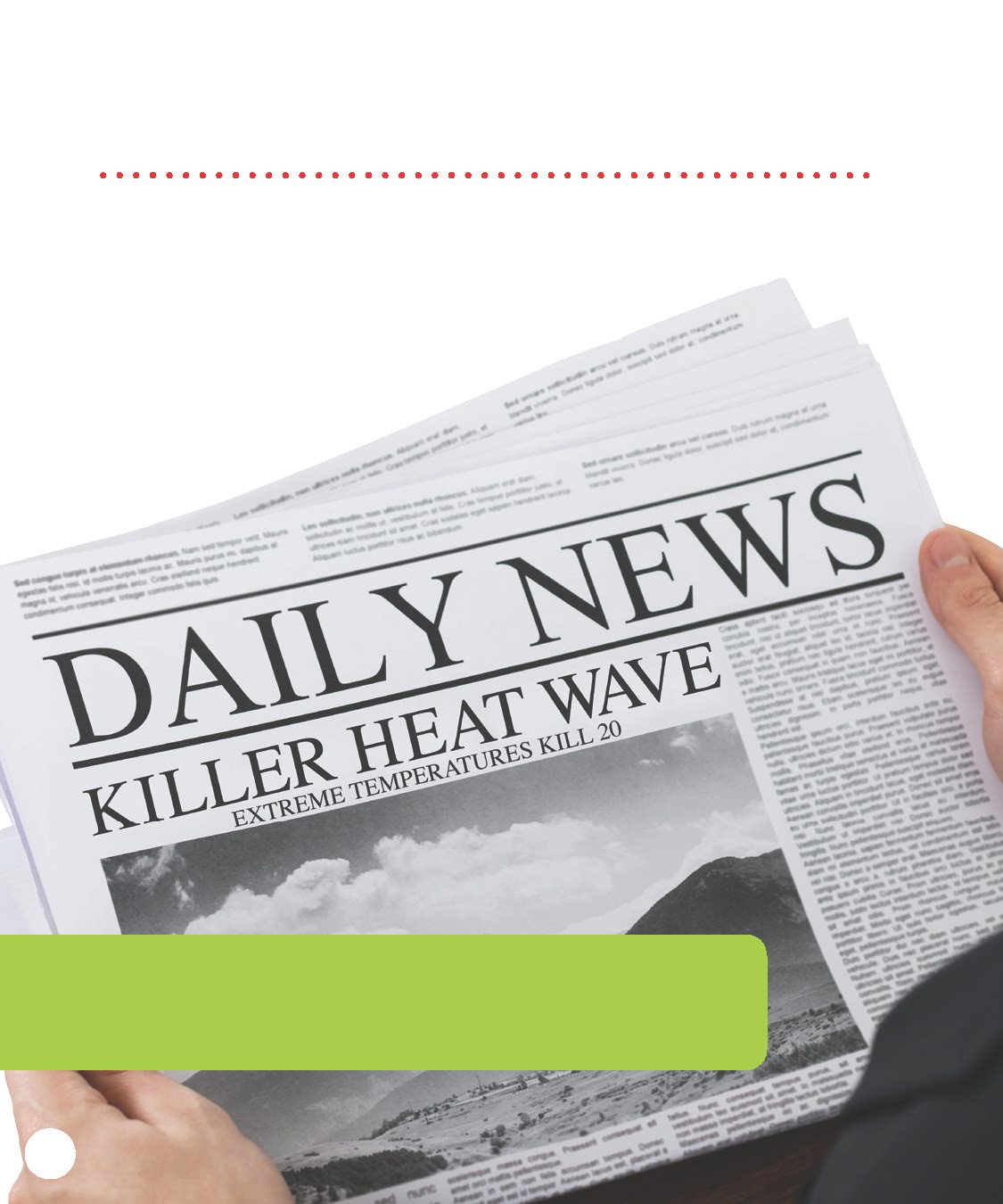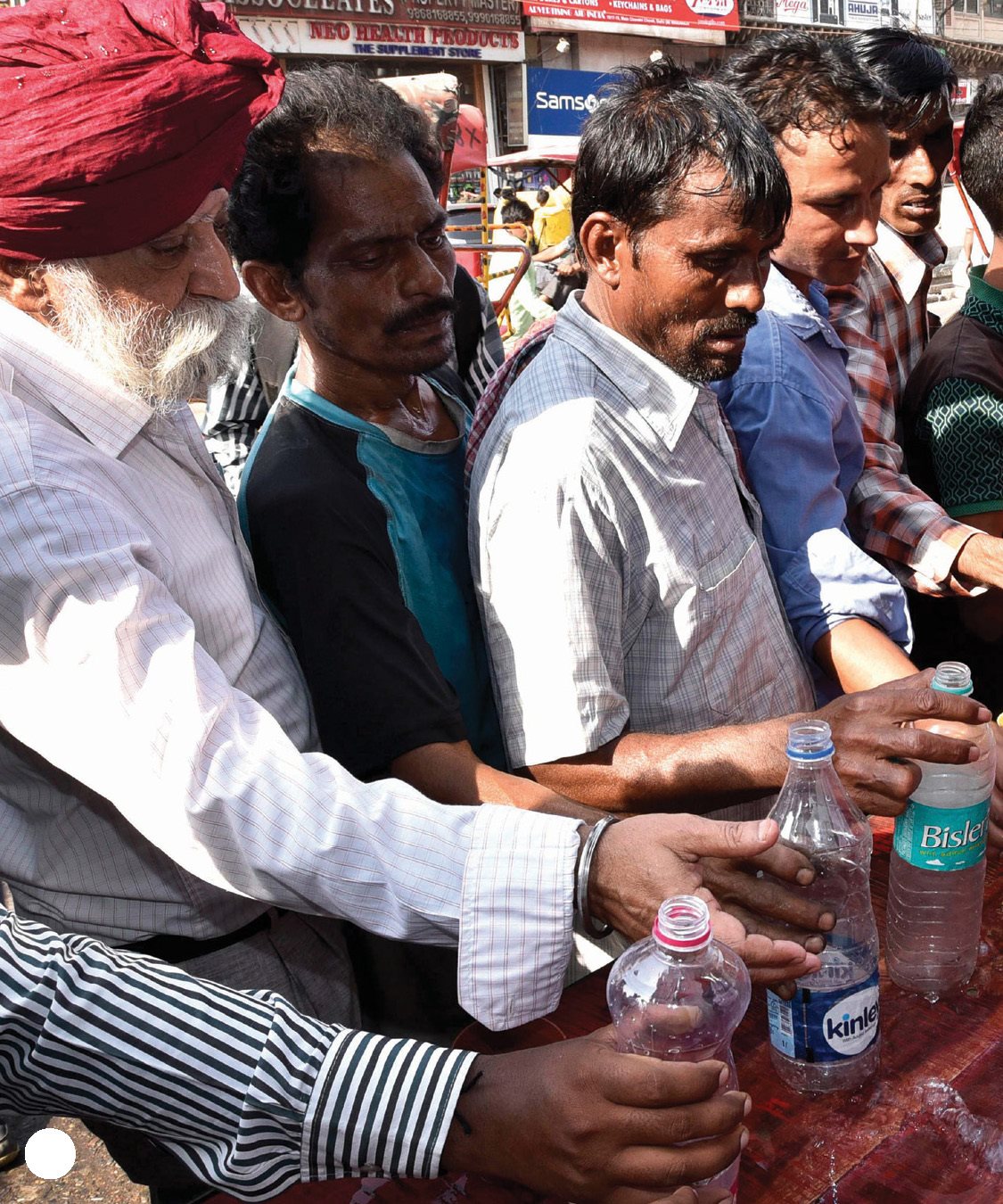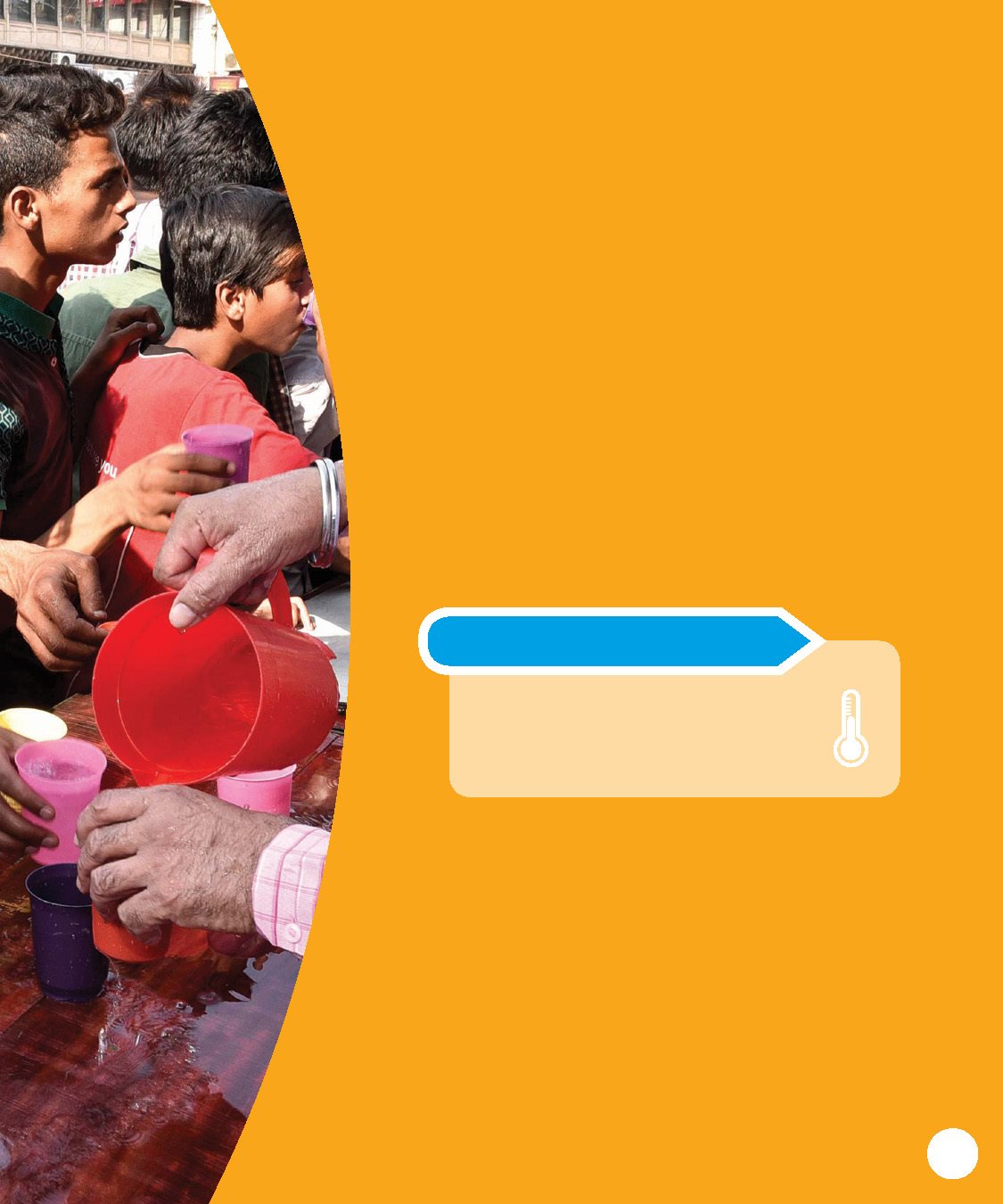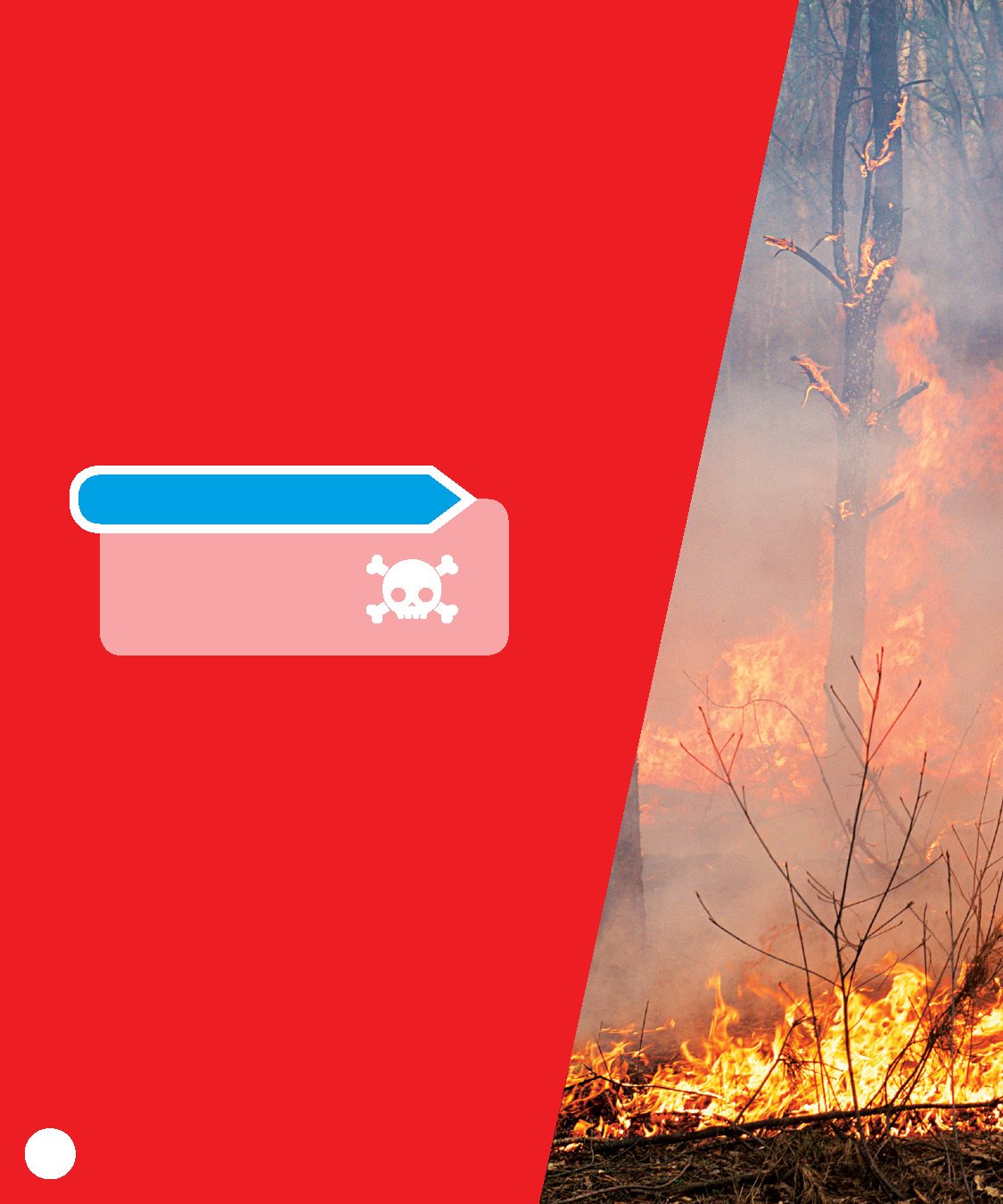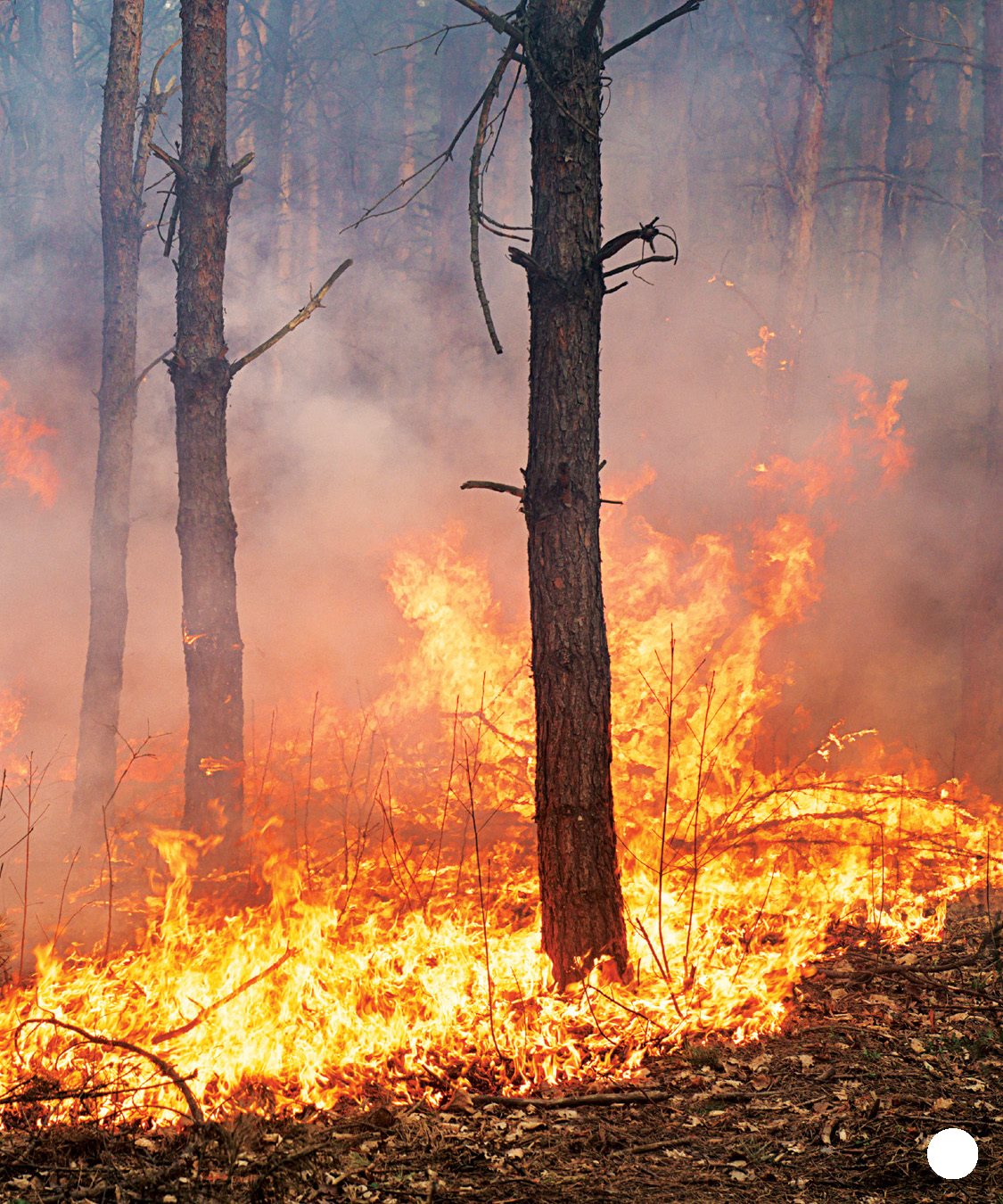Ideas for Parents
and Teachers
Pogo Books let children practice
reading informational text while
introducing them to nonfiction
features such as headings, labels,
sidebars, maps, and diagrams,
as well as a table of contents,
glossary, and index. Carefully leveled text with
a strong photo match offers
early fluent readers the support
they need to succeed.
Before Reading
Walk through the book and
point out the various nonfiction
features. Ask the student what
purpose each feature serves. Look at the glossary together.
Read and discuss the words.
Read the Book
Have the child read the book
independently.
Invite him or her to list questions
that arise from reading.
After Reading
Discuss the childs questions.
Talk about how he or she might
find answers to those questions. Prompt the child to think
more. Ask: Have you ever
been somewhere a heat
wave might occur? Pogo Books are published by Jump!
5357 Penn Avenue South
Minneapolis, MN 55419
www.jumplibrary.com Copyright 2017 Jump!
International copyright reserved in all countries.
No part of this book may be reproduced in any form
without written permission from the publisher. Library of Congress Cataloging-in-Publication Data Names: Black, Vanessa.
Title: Heat waves / by Vanessa Black.
Description: Minneapolis, MN: Jump!, Inc., [2017]
Series: Disaster zone | Audience: Age 710. paper)
ISBN 9781620316047 (pbk.)
ISBN 9781624965128 (e-book)
Subjects: LCSH:
Heat waves (Meteorology)Juvenile literature.
Classification: LCC QC981.8.A5 B53 2017 (print)
LCC QC981.8.A5 (ebook) | DDC 363.34/92dc23
LC record available at https://lccn.loc.gov/2016028542 Editor: Kirsten Chang
Series Designer: Anna Peterson
Book Designer: Leah Sanders
Photo Researchers: Kirsten Chang and Leah Sanders Photo Credits: All photos by Shutterstock except:
Getty, ;
Thinkstock, . paper)
ISBN 9781620316047 (pbk.)
ISBN 9781624965128 (e-book)
Subjects: LCSH:
Heat waves (Meteorology)Juvenile literature.
Classification: LCC QC981.8.A5 B53 2017 (print)
LCC QC981.8.A5 (ebook) | DDC 363.34/92dc23
LC record available at https://lccn.loc.gov/2016028542 Editor: Kirsten Chang
Series Designer: Anna Peterson
Book Designer: Leah Sanders
Photo Researchers: Kirsten Chang and Leah Sanders Photo Credits: All photos by Shutterstock except:
Getty, ;
Thinkstock, .
Printed in the United States of America at
Corporate Graphics in North Mankato, Minnesota.
TABLE OF CONTENTS
CHAPTER
ITS A
HEAT WAVE!
Imagine you live in the city.
It is July. You are in the shade,
but you are dripping sweat. 4 CHAPTER 1
The air is thick and very hot. If you
were to touch metal, you would burn
your hand. It has been this way for
three days.
Its a heat wave! CHAPTER 1
6 CHAPTER 1
You look up at the sky.
Rain would cool the air.
But there are no clouds.
The sun beats down. City roads store heat.
Air conditioners run
all the time. Even at
night, it stays hot. DID YOU KNOW? A heat wave is when the
temperature is unusually
hot for three or more days. CHAPTER 1
In the country, heat waves dry up
ponds and lakes. Wells dry up.
Long heat waves cause droughts .
Crops die.
Animals do not have
food or water. Many die. 8 CHAPTER 1
WHERE DO THEY HAPPEN? Heat waves happen around the world. Take a look at some
of the areas that were af fec ted from 2010 to 2015. = Areas Affected by Heat Waves 20102015
area. Most of the time, air
moves around.
Heat waves are deadly. Every year,
heat kills thousands of people. Why? 12 CHAPTER 2
extreme heat. It has to work
temperature.
India. The temperature sat
(49 degrees Celsius) for days.
It was so hot, roads buckled.
Rivers dried up. Grass died.
Animals starved. People did
cool. Sadly, more than 2,000
people died.
wave covered western Russia.
Wildfires swept through forests.
air. More than 50,000 people
died as a result. DID YOU KNOW? In the United States,
weather killer is heat. 16 CHAPTER 2

